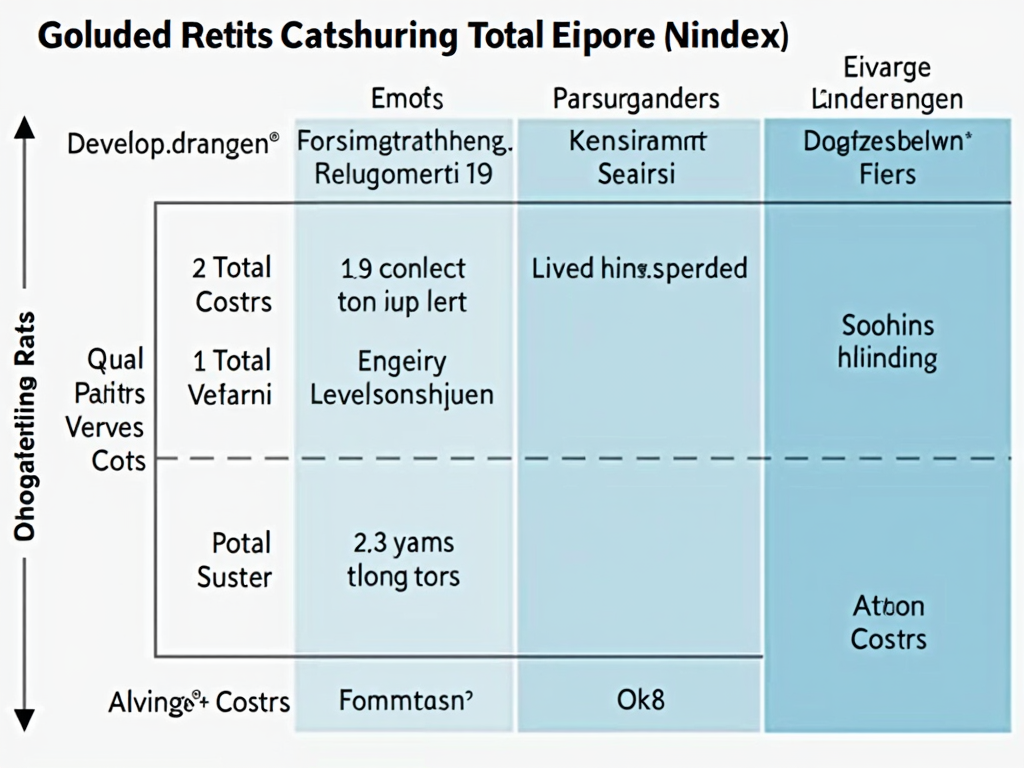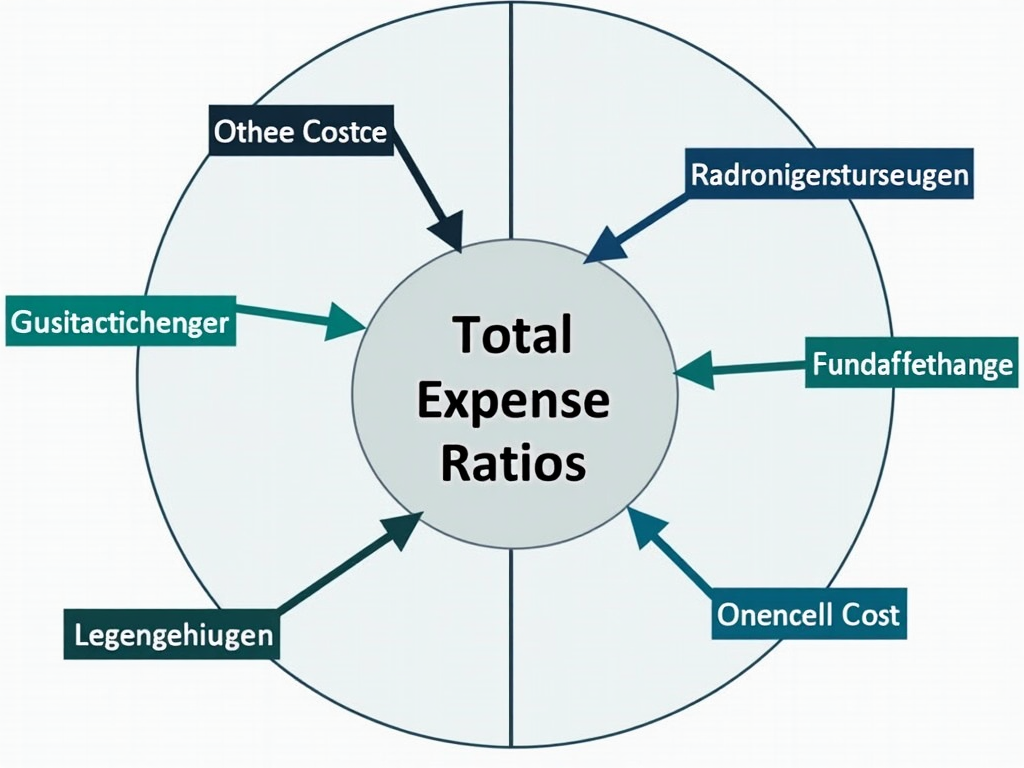ETFs have established themselves as popular investment products, offering investors a simple way to invest in a variety of markets. However, behind the facade of these seemingly low-cost options lie several cost traps that can reduce returns. Two of the most important factors are the Total Expense Ratio and the Tracking Error. This article explores the impact of these costs on investment outcomes and provides practical advice on how investors can minimize these expenses and optimize their investments.
TER: The Invisible Cost Factor in ETFs and Its Impact on Investor Gains

The Total Expense Ratio (TER) is a central component of ETFs’ cost structure and plays a crucial role in evaluating these popular investment instruments. The TER reflects the annual operating costs associated with managing an ETF. These costs are deducted directly from the fund’s assets and thus immediately affect returns.
The TER is calculated by dividing the fund’s total annual operating expenses by the average net assets. Among the expenses included in the TER are, in addition to management fees, also custody fees for asset storage. Royalties represent costs for using the indices, while distribution costs encompass expenses arising from marketing and distribution.
For investors, knowing the TER is of crucial importance, as a lower TER has a direct influence on net returns. Fewer costs mean more profits for the benefit of the investor. Although ETFs are considered more cost-efficient than actively managed funds, the TER remains a critical differentiator within the ETF universe. Actively managed funds tend to have higher fees, which further reinforces the cost advantage of ETFs.
Interestingly, the way TER affects the overall return of an investment is significant. An ETF with a low TER can lead to better results, especially over the long term, as it avoids unnecessary costs. The effects are cumulative and become more significant the longer the investment is held.
While the TER is an essential part of the cost structure, investors should also be aware of other expenses that affect ETF performance. Transaction costs, which occur during buying and selling, and the spreads between the buy and sell prices are relevant in this context. These costs are not included in the TER and can vary significantly depending on trading volume.
In conclusion, paying attention to the TER is fundamental in comparing ETFs. Careful analysis and informed decisions can help minimize costs and optimize the investment strategy to achieve long-term goals more effectively.
The Interaction Between Tracking Error and Tracking Difference in ETFs

When navigating the diverse world of Exchange-Traded Funds (ETFs), the terms Tracking Error and Tracking Difference are crucial for every investor. These two indicators are essential for assessing the index replication quality of an ETF and understanding how precisely a fund tracks its benchmark.
The Tracking Difference is a measure that determines how much an ETF’s return deviates from the return of its benchmark index. This difference can be either positive or negative. A positive value indicates that the fund has outperformed the index, while a negative value indicates underperformance. This difference is not solely attributable to management fees (TER) – transaction costs, taxes, or income from securities lending can also significantly impact this outcome. Despite their relevance to performance, the Tracking Difference is often not prominently communicated and often requires active research by the investor.
In contrast, the Tracking Error measures the volatility of the ETF’s performance deviations relative to the index. This indicator is particularly important for institutional investors and for those who value a replica of the index that is as consistent as possible. A low Tracking Error indicates low fluctuations in performance deviations, implying stable index replication. Normally, the Tracking Error is represented as the standard deviation of the Tracking Difference. A value below 0.50% is considered an indicator of particularly accurate index replication.
To clarify the differences and respective importance, it can be summarized: while the Tracking Difference directly indicates whether an ETF has performed better or worse than its index, the Tracking Error informs about the consistency with which this performance has been achieved. Investors should not consider these two indicators in isolation. An ETF with a low Total Expense Ratio may exhibit a lower Tracking Difference due to high hidden costs. Conversely, an ETF with a higher TER may have better results due to smart management and low auxiliary incomes.
For the informed investor, both the Tracking Difference and Tracking Error are indispensable tools for understanding the real efficiency of an ETF and deliberately optimizing their investment strategy. Knowing how one’s ETF compares to the benchmark and with what stability this performance is achieved can ultimately determine whether the investment portfolio meets the desired return objectives.